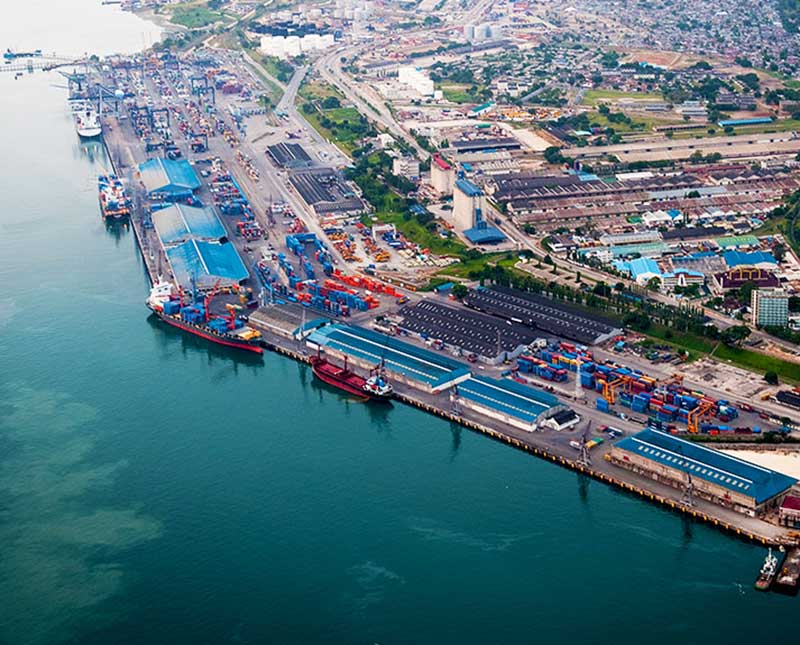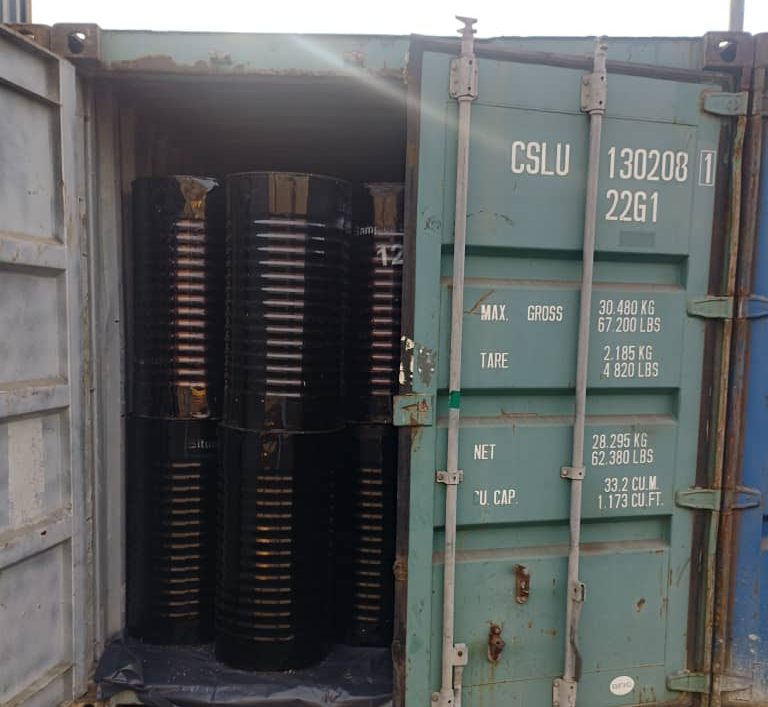African Bitumen Markets 2025: East, West & South Africa Regional Analysis
The African bitumen market presents a complex landscape of opportunities and challenges across different regions. From the infrastructure-driven growth in East Africa to the seasonal disruptions in West Africa, understanding these regional dynamics is crucial for bitumen importers Tanzania, suppliers, and industry stakeholders. This comprehensive analysis examines current market conditions, pricing trends, and future prospects across key African markets.
East African Bitumen Markets: A Story of Growth and Resilience
Tanzania’s Strategic Position in Regional Trade
East African nations, particularly Kenya, Uganda, Ethiopia, and Tanzania, continue to demonstrate robust demand for bitumen driven by ambitious infrastructure development projects. Dar es Salaam bitumen imports have become increasingly significant, with the port serving as a crucial gateway not only for Tanzania but also for landlocked countries in the region.
The strategic importance of Dar es Salaam Port cannot be overstated. Current freight rates for drummed bitumen stand at $120-130 per metric ton, positioning it competitively within the regional market. This pricing reflects the port’s efficiency and Tanzania’s growing role as a regional logistics hub. Bitumen importers Tanzania benefit from these competitive rates while accessing one of Africa’s most dynamic construction markets.
Kenya’s Construction Momentum
Kenya continues to lead East Africa’s bitumen consumption, with freight rates in Mombasa maintaining stability at $105-115 per metric ton. The country’s construction sector remains remarkably resilient, supported by significant infrastructure investments from Chinese contractors and other international firms. This sustained activity creates consistent demand for both bulk and bitumen drum packaging formats.
The Kenyan market‘s strength lies in its diversified project portfolio, ranging from highway construction to urban development initiatives. Major infrastructure projects, including the Standard Gauge Railway support infrastructure and the Northern Corridor Development Programme, continue to drive bitumen demand despite global economic uncertainties.
Uganda’s Infrastructure Renaissance
After months of relative stagnation, Uganda is experiencing a notable restart in road and highway construction activities. This revival significantly boosts regional bitumen requirements and creates new opportunities for suppliers and bitumen importers Tanzania looking to expand their market reach.
The Ugandan market presents unique opportunities due to its landlocked position and dependence on imports through Kenyan and Tanzanian ports. Bitumen suppliers serving this market must navigate complex logistics while maintaining competitive bitumen price structures that account for additional transportation costs.
Ethiopia’s Complex Market Dynamics
Ethiopia presents both opportunities and challenges for the bitumen market. While infrastructure projects continue to drive demand, persistent trade financing challenges create volatility in import patterns. These financing difficulties particularly affect smaller importers and can lead to supply disruptions that impact bitumen price stability across the region.
Despite these challenges, Ethiopia’s long-term infrastructure development plans, including the Grand Ethiopian Renaissance Dam support infrastructure and expanding road networks, indicate sustained future demand for bitumen products.
West Africa: Weathering Seasonal Storms
The Rainy Season Impact
West Africa’s bitumen market faces its annual challenge as the rainy season brings construction activities to a virtual standstill. This seasonal pattern, beginning in early to mid-June, creates predictable but significant disruptions to bitumen demand across the region.
The impact extends beyond simple weather-related delays. Construction companies typically reduce their bitumen inventories during this period, leading to decreased demand that can persist for several months. Bitumen suppliers must carefully manage their inventory and shipping schedules to navigate these seasonal fluctuations effectively.
Nigeria: The Regional Giant Under Pressure
Nigeria, as West Africa’s largest economy and bitumen consumer, exemplifies the regional challenges. The rainy season’s arrival has triggered a consistent decline in bitumen demand, with suppliers reporting noticeable activity drops within two to three weeks of the season’s onset.
However, Nigerian import terminals demonstrate remarkable resilience, continuing to process incoming bitumen cargoes despite wet weather conditions. This operational continuity ensures supply chain stability and positions the market for rapid recovery when dry season construction activities resume.
Price Volatility and Market Dynamics
West African markets are experiencing significant bitumen price volatility, primarily driven by:
- Crude Oil Price Fluctuations: Rapid increases in crude prices directly impact bitumen costs
- HSFO Price Movements: High Sulfur Fuel Oil price changes affect overall petroleum product markets
- Seasonal Demand Patterns: Reduced construction activity during rainy seasons
- Currency Fluctuations: Local currency volatility affects import costs
Despite these challenges, large bitumen shipments continue arriving at West African ports, indicating underlying market confidence and the need to maintain supply chain continuity.
South Africa: Competitive Dynamics and Seasonal Adaptability
Market Characteristics
South Africa’s bitumen market stands out for its competitive pricing environment and active highway project portfolio. The market demonstrates greater seasonal adaptability compared to West African counterparts, with construction activities showing more resilience to weather patterns.
Highway Project Activity
Rich highway project activity across South Africa creates consistent demand for bitumen products. Major initiatives include:
- N1 Highway Upgrades: Extensive rehabilitation and expansion projects
- Gauteng Highway Improvement Programme: Urban infrastructure development
- Regional Road Networks: Provincial highway maintenance and upgrades
These projects require diverse bitumen drum packaging solutions and create opportunities for both local and international suppliers.
Seasonal Adaptability
Unlike West Africa’s pronounced rainy season disruptions, South Africa’s bitumen market shows greater seasonal flexibility. Construction activities continue with appropriate weather management strategies, though some seasonal demand shifts remain evident.
Regional Integration and Cross-Border Trade
The DRC Connection
The Democratic Republic of Congo (DRC) maintains steady bitumen supply through cross-border trade, primarily via truck transport from Kenya into eastern DRC. This trade pattern highlights the interconnected nature of African bitumen markets and the importance of regional logistics networks.
Supply Chain Efficiency
Successful regional bitumen trade requires:
- Efficient Port Operations: Streamlined handling at major ports like Dar es Salaam and Mombasa
- Cross-Border Coordination: Smooth customs and regulatory processes
- Logistics Infrastructure: Reliable transportation networks
- Financial Systems: Effective trade financing mechanisms
Market Outlook and Strategic Recommendations
Short-Term Considerations
The immediate outlook for African bitumen markets varies by region:
- East Africa: Continued strong demand driven by infrastructure projects
- West Africa: Seasonal recovery expected as dry season approaches
- South Africa: Stable demand with competitive market conditions
Long-Term Growth Drivers
Several factors support long-term market growth:
- Infrastructure Investment: Continued government and international funding
- Economic Development: Growing economies requiring improved transportation networks
- Regional Integration: Enhanced trade facilitation and cross-border projects
- Urbanization: Expanding cities requiring new road infrastructure
Strategic Recommendations
For bitumen importers Tanzania and regional suppliers:
- Diversify Market Exposure: Balance operations across multiple countries to manage regional risks
- Seasonal Planning: Develop inventory management strategies addressing seasonal patterns
- Quality Focus: Maintain high standards in bitumen drum packaging and product quality
- Financial Management: Implement robust bitumen price risk management strategies
- Partnership Development: Build strong relationships with local distributors and contractors
Conclusion
The African bitumen market presents a complex but promising landscape. While challenges exist, including seasonal disruptions, trade financing difficulties, and price volatility, the underlying demand drivers remain strong. Dar es Salaam bitumen imports and broader East African markets show particular promise, supported by sustained infrastructure investment and regional economic growth.
Success in these markets requires understanding local conditions, building strong partnerships, and maintaining operational flexibility to navigate seasonal and economic cycles. As African economies continue developing, the bitumen market will remain crucial for supporting the continent’s infrastructure transformation.
Stay informed about market developments and price movements by consulting specialized bitumen market analysis and maintaining close relationships with regional partners. The dynamic nature of African bitumen markets rewards those who remain adaptable and well-informed about regional trends and opportunities.





